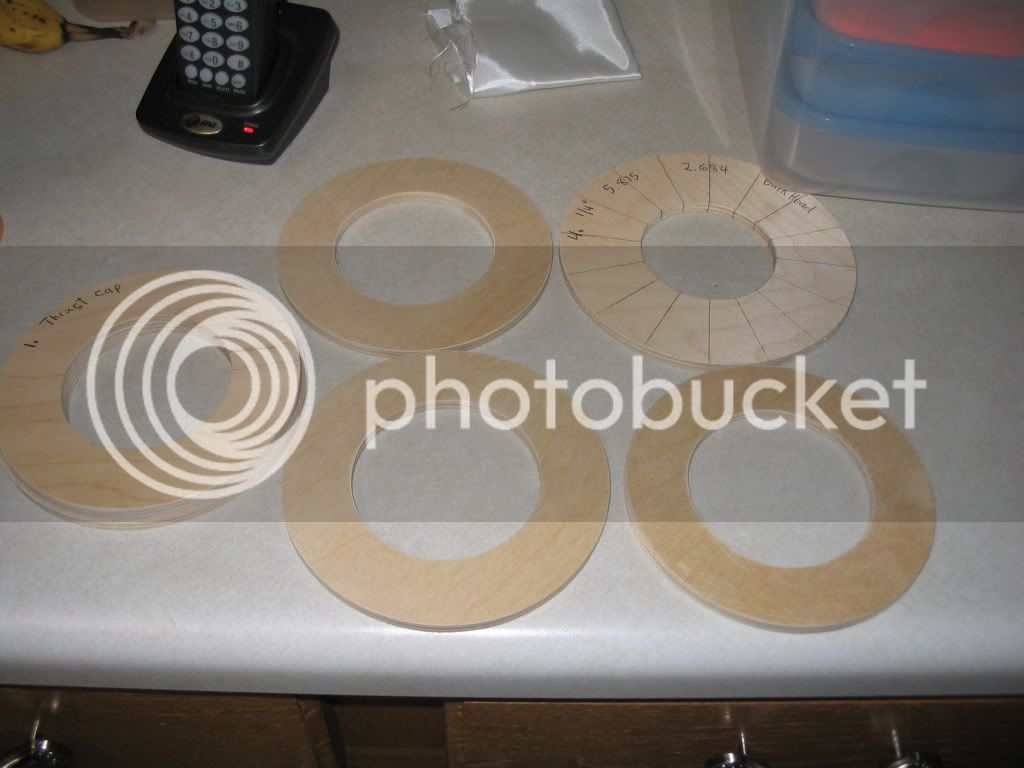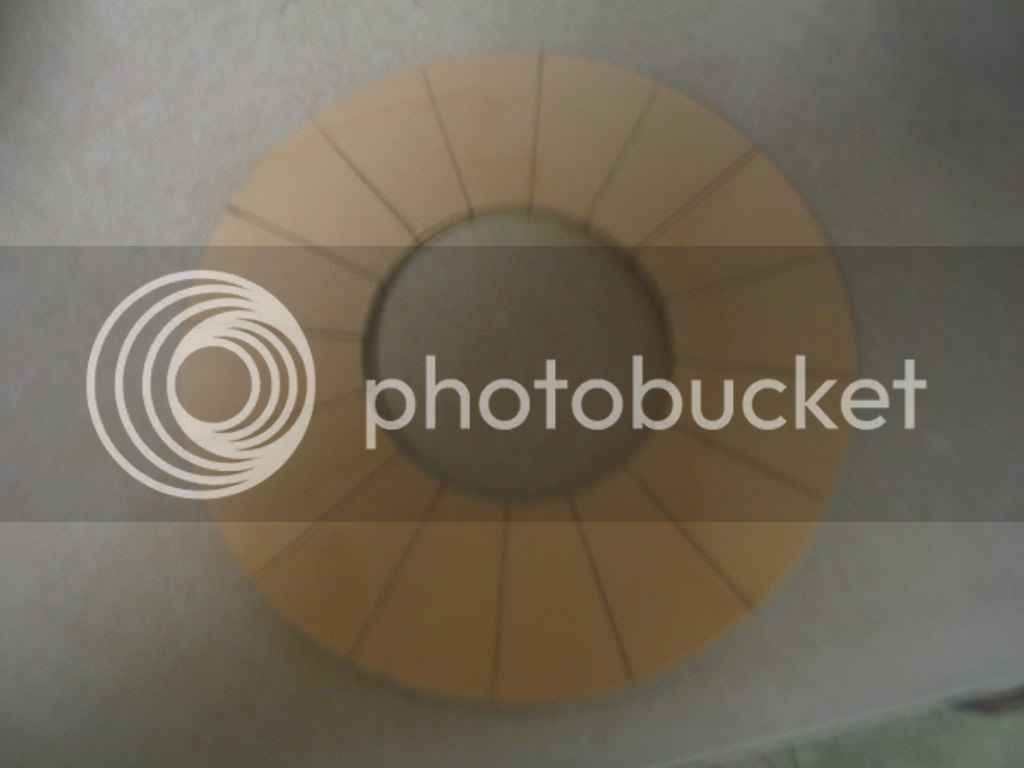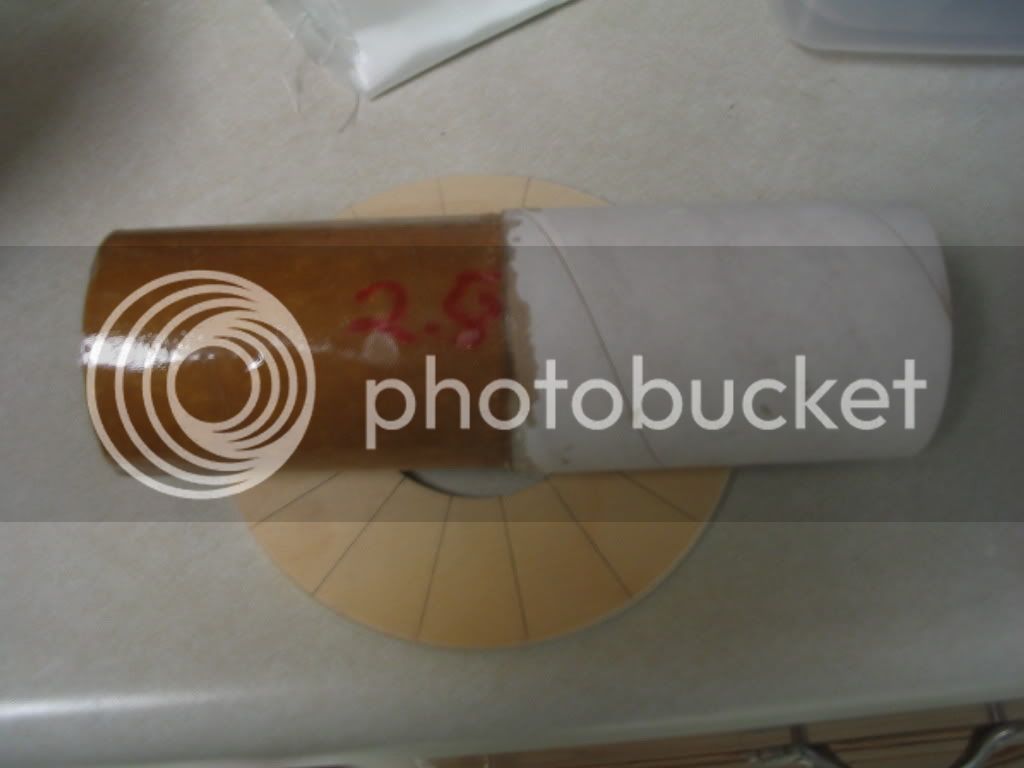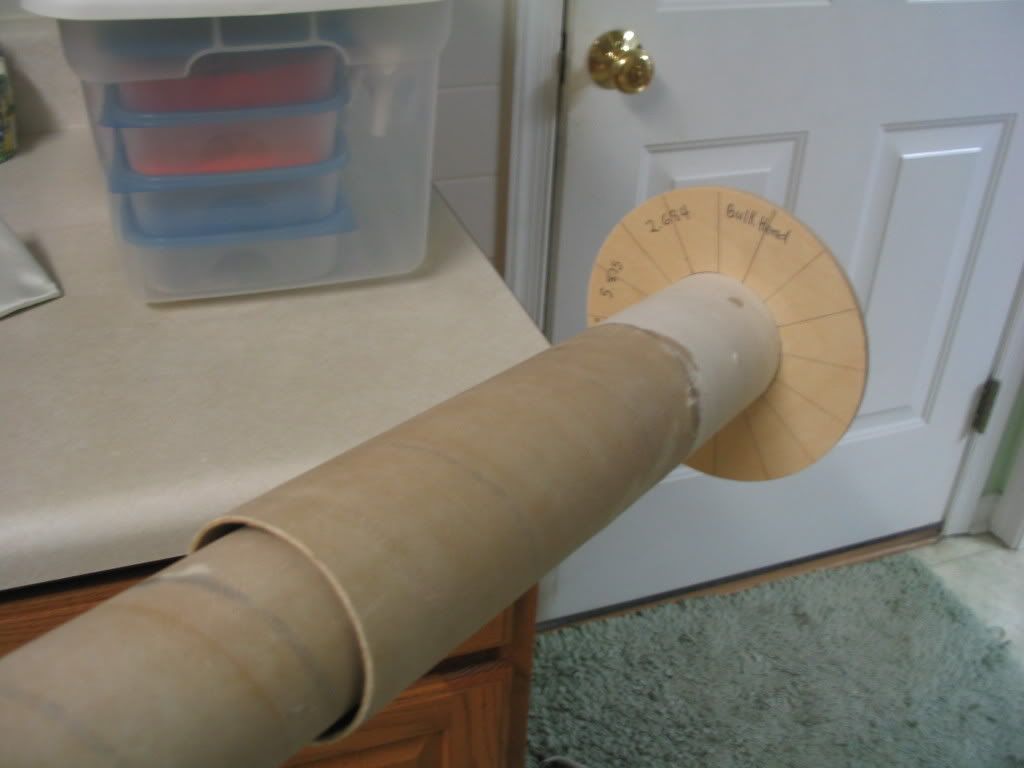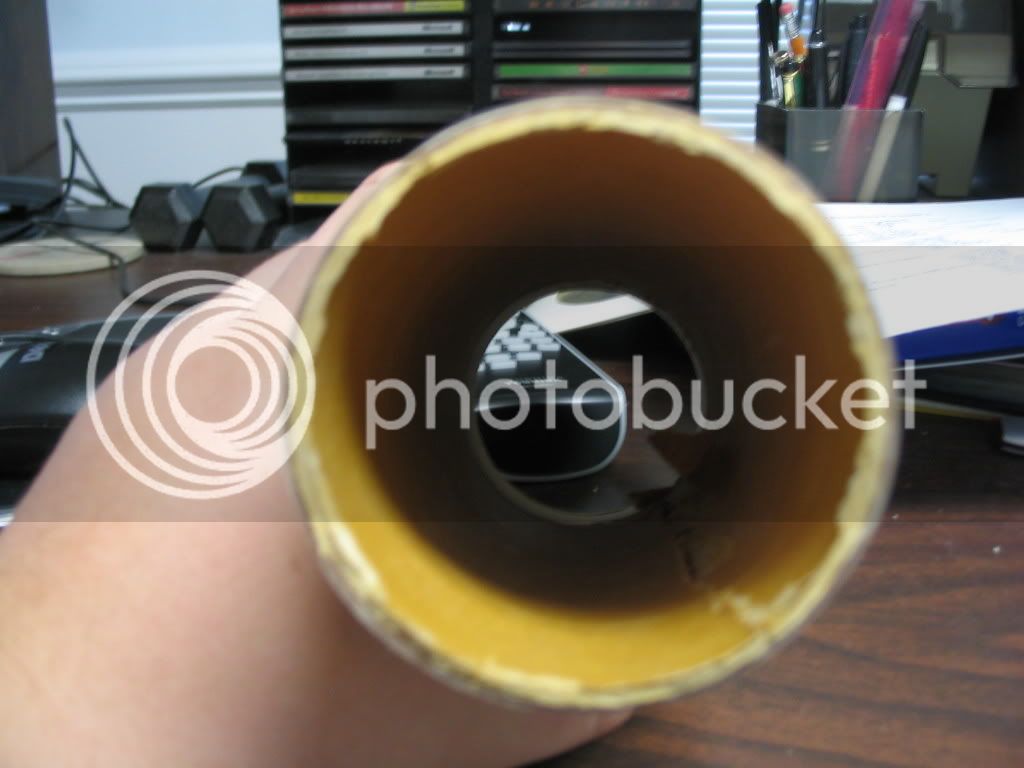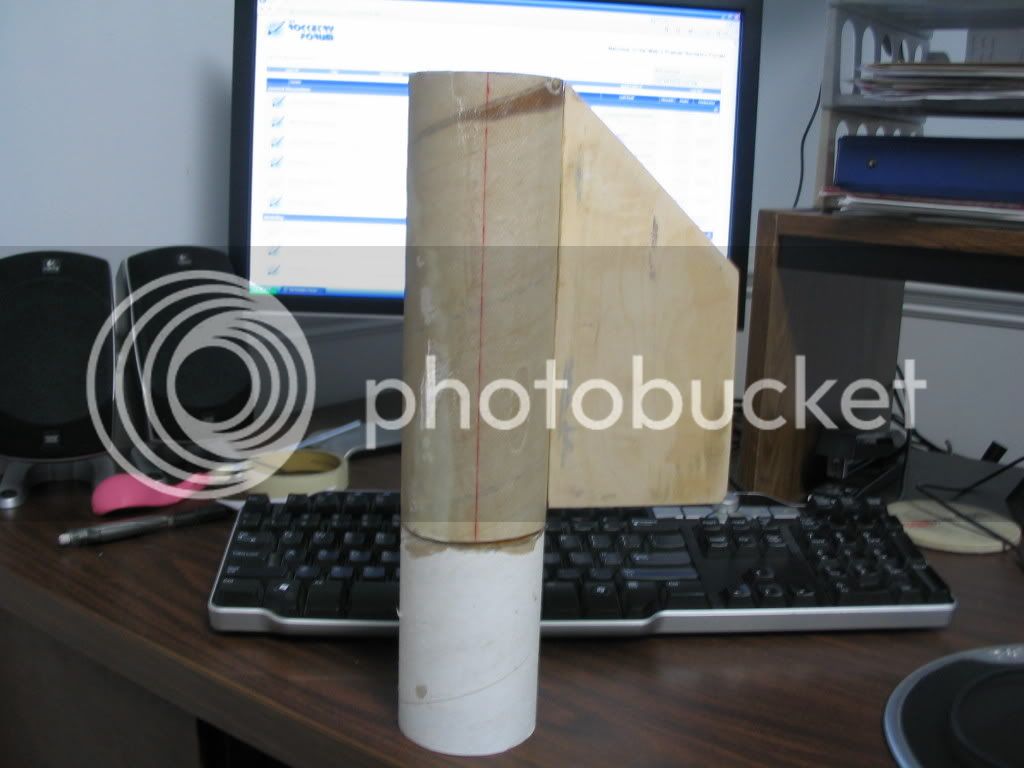Ok, I crashed my Nike Apache sustainer this past weekend due to friction fitting not holding for ejection. I recovered the fincan and nosecone and I am going to rebuild it. This time I am going to do things a little different by adding a booster. I am using Jim Ball's plans for his Nike Apache to make mine.
https://yellowjacketsystems.com/jimball/nike-apache/default.htm
I will use my new Xavien Fist timer as the staging timer. I plan on putting my MAWD in the sustainer and a Beeline if I can borrow one. I am also looking at getting an ARTS 2 to put in the booster. I am ordering that parts form LOC and the centering rings from A1. I will post more info pictures as i get it.
Ben
https://yellowjacketsystems.com/jimball/nike-apache/default.htm
I will use my new Xavien Fist timer as the staging timer. I plan on putting my MAWD in the sustainer and a Beeline if I can borrow one. I am also looking at getting an ARTS 2 to put in the booster. I am ordering that parts form LOC and the centering rings from A1. I will post more info pictures as i get it.
Ben





